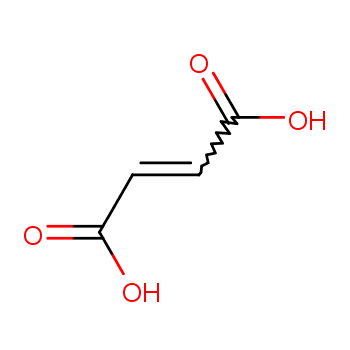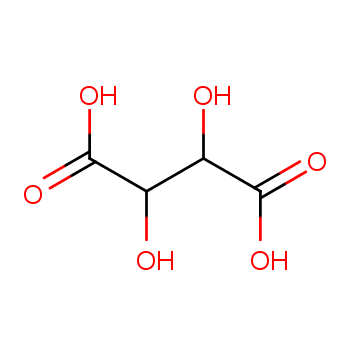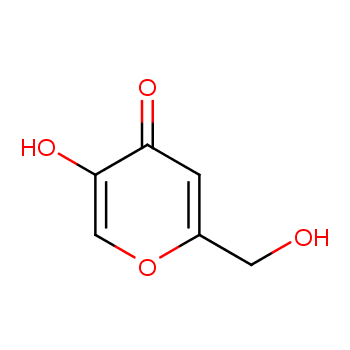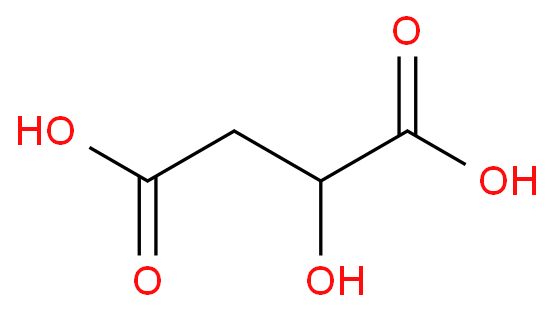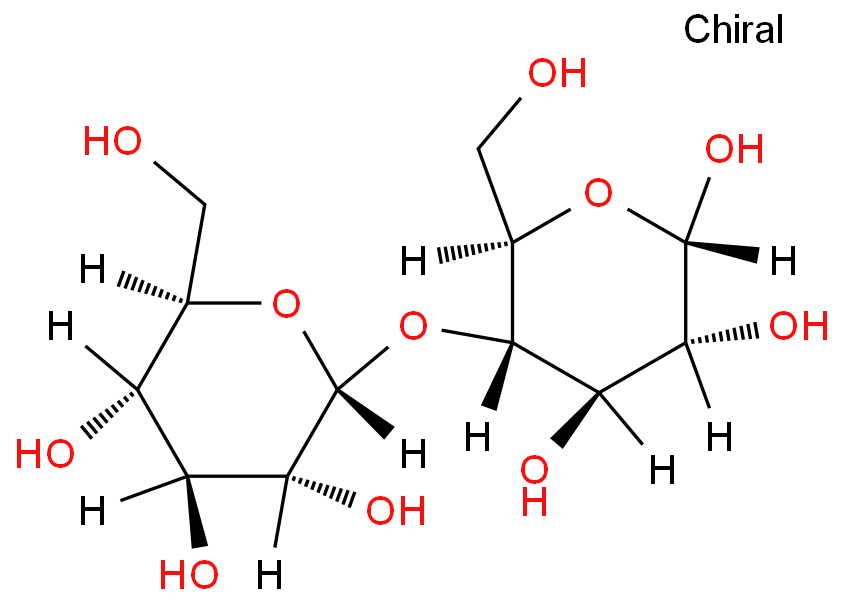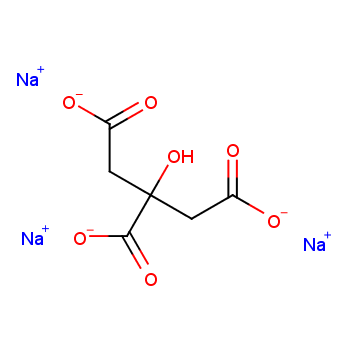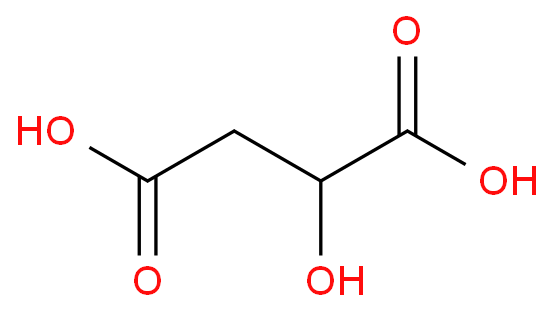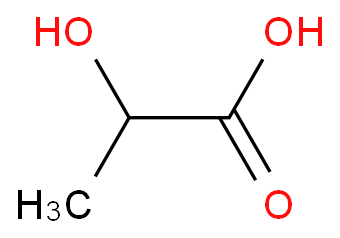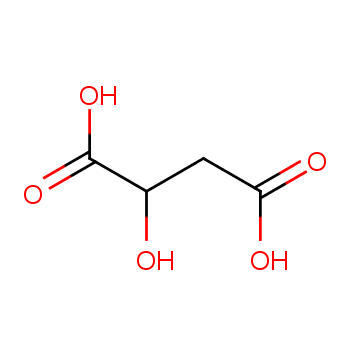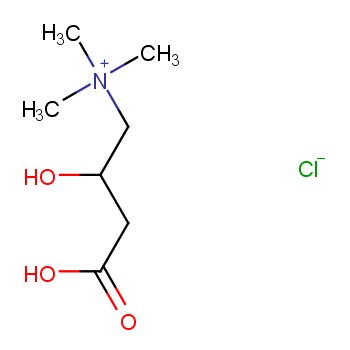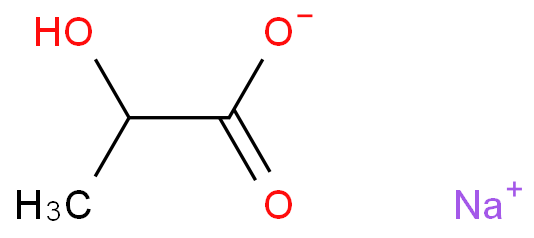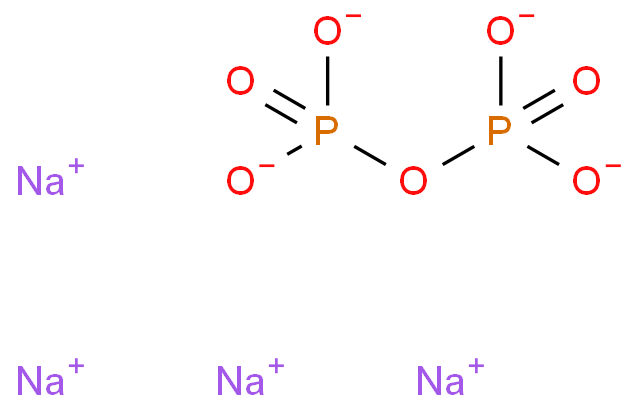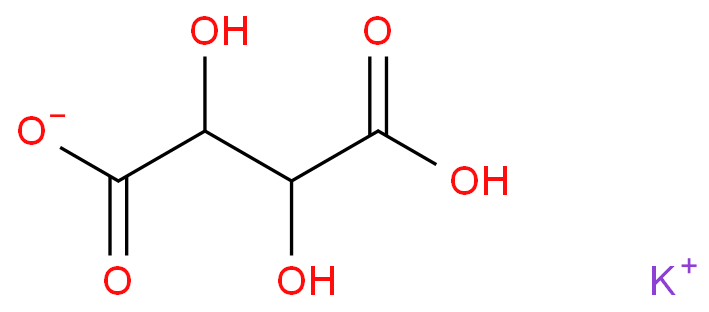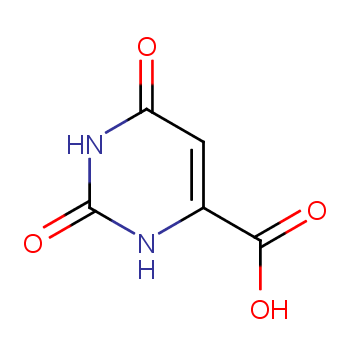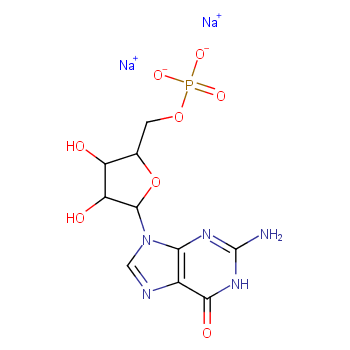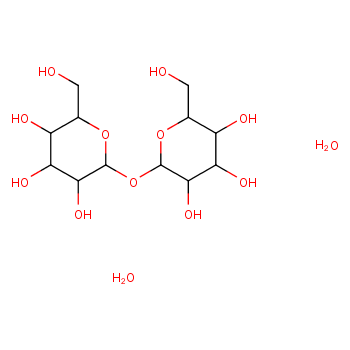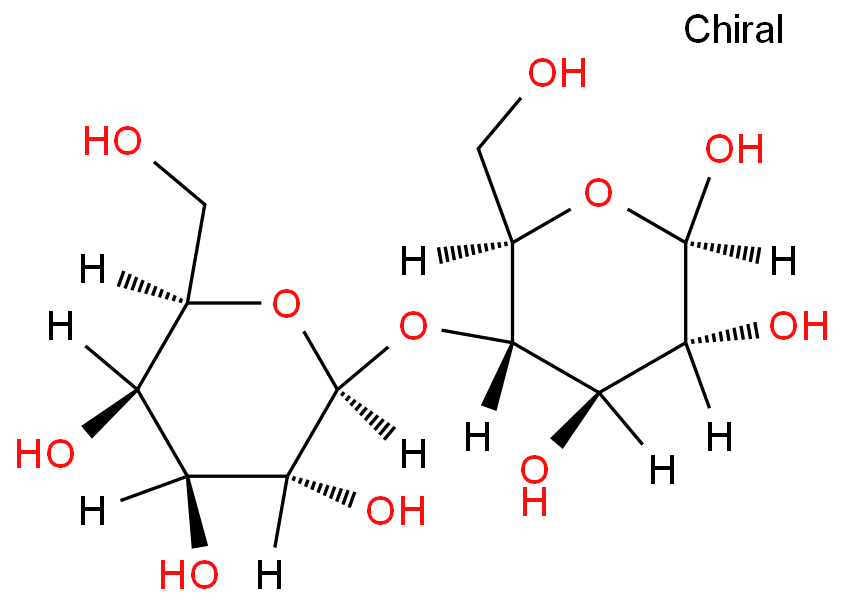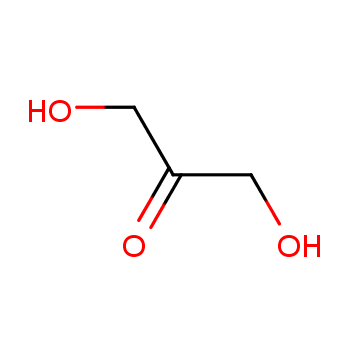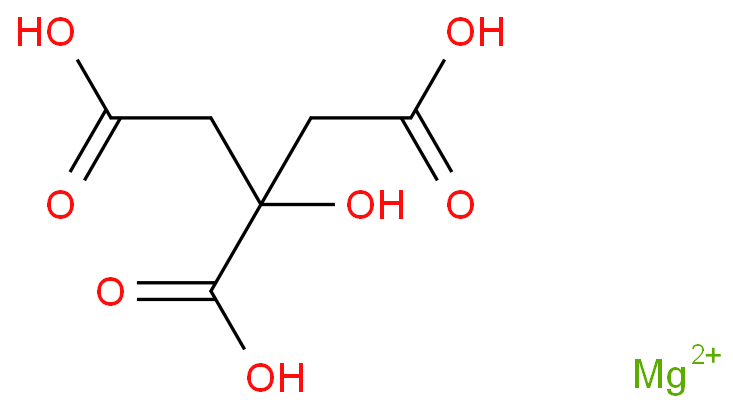Acidity regulators, also known as pH control agents or acidulants, are food additives that are used in the food and beverage industry to modify and control the acidity or alkalinity (pH) of products. These additives play a crucial role in achieving the desired taste, texture, and shelf life of various food items. Acidity regulators are typically organic or inorganic compounds that can either increase or decrease the pH of a product, depending on its intended application.
Acidity Regulators Categories
Some common examples of acidity regulators include citric acid, acetic acid, lactic acid, and malic acid. They are used in a variety of food products, such as carbonated drinks, pickles, jams, jellies, and baked goods, among others.
Citric Acid: Widely used to add a tart flavor to foods and beverages. It's found naturally in citrus fruits and is used in carbonated drinks, jams, and sauces.
Lactic Acid: Naturally found in dairy products, lactic acid is used in dairy-based products, sauces, and beverages.
Malic Acid: Present in fruits like apples and grapes, malic acid is used to enhance sourness in candies, beverages, and fruit-flavored products.
Tartaric Acid: Naturally occurring in grapes, tartaric acid is used in baking powder, wines, and jams.
Phosphoric Acid: Used in carbonated beverages to provide acidity and flavor balance.
Sodium Citrate: Functions as a buffer and emulsifier, commonly used in dairy products and processed cheeses.
Usage of Acidity Regulators products
Taste and Flavor Enhancement: Acidity regulators can influence the perceived taste and flavor of a food product. For example, they can impart a tangy or sour taste that enhances the overall sensory experience.
Preservation: Adjusting the pH of a product can help preserve it by inhibiting the growth of spoilage microorganisms and pathogens. This is particularly important in canned and preserved foods.
Texture and Stability: Acidity regulators can impact the texture and stability of foods, influencing factors such as gelling, thickening, and emulsification.
Color Retention: Proper pH control can help retain the natural color of fruits and vegetables in various food products.
+more
